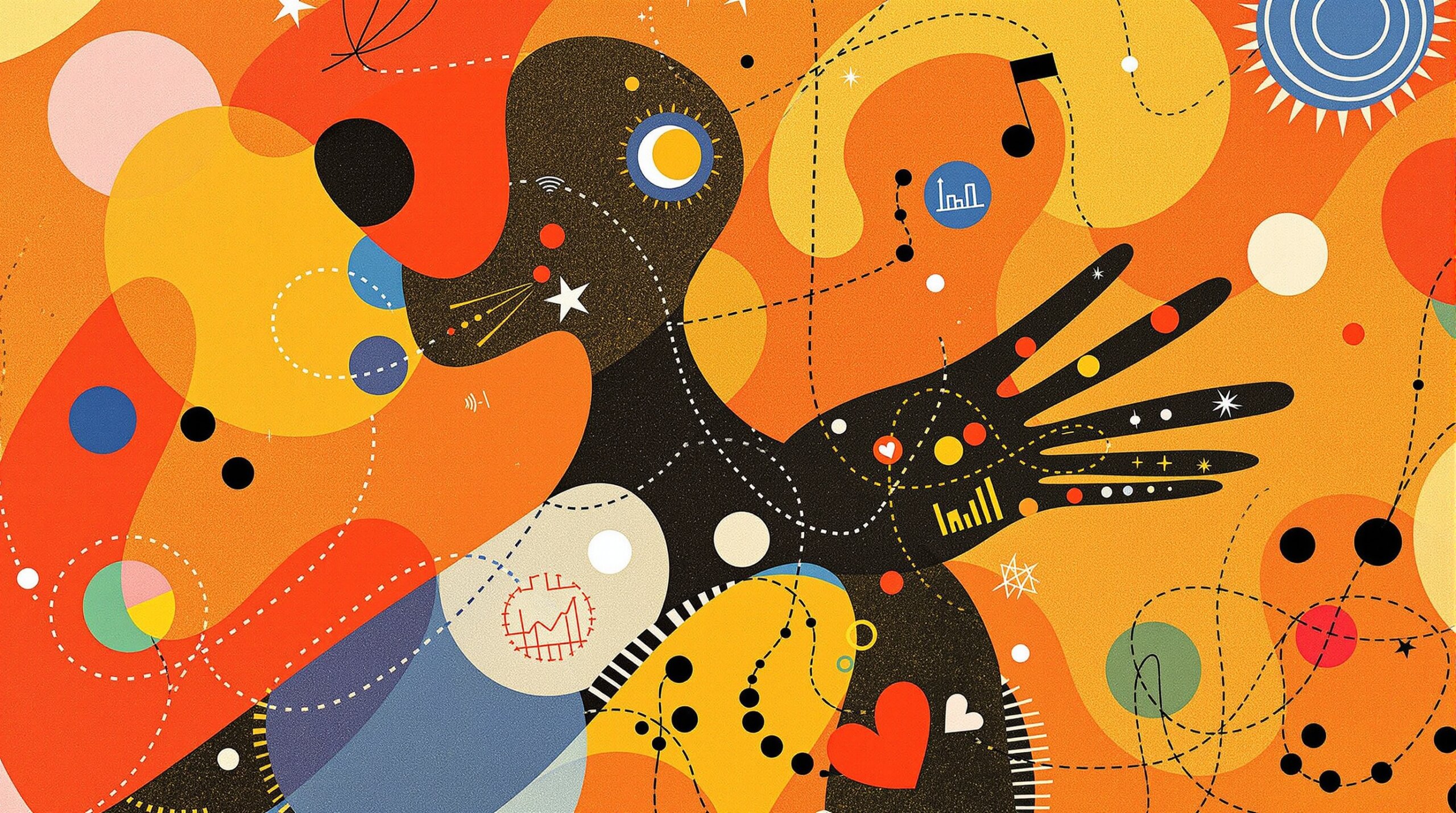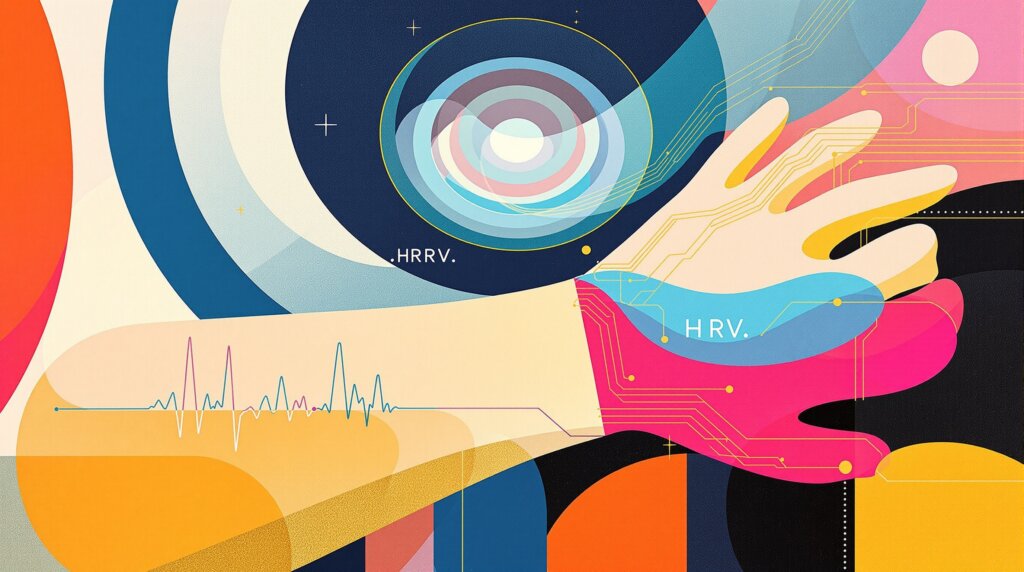The Evolution Beyond Fitness: Wearables for Longevity
A New Era of Health Technology
The wearable technology landscape has undergone a remarkable transformation over the past few years. What once began as simple step counters and basic heart rate monitors has evolved into sophisticated health ecosystems capable of tracking complex biomarkers that may influence our long-term health and longevity. Today’s consumers are increasingly seeking devices that go beyond fitness metrics, looking for insights into sleep quality, stress resilience, and recovery patterns that could potentially extend their healthspan.
Among the leading players in this screenless health tracking revolution, three distinct approaches have emerged. Each device offers a unique perspective on wellness monitoring, catering to different user needs and health goals. The key to choosing the right longevity tracker often lies not just in sensor accuracy, but in how effectively the device translates raw biometric data into actionable insights that can genuinely influence long-term health outcomes.
Understanding longevity tracking requires recognizing that it’s not simply about counting steps or calories burned. Instead, it involves monitoring subtle physiological signals like heart rate variability (HRV), sleep architecture, and stress markers that may serve as early indicators of health changes. The most effective longevity-focused wearables tend to excel at identifying patterns and encouraging targeted lifestyle interventions before issues become chronic problems.

Defining Longevity Tracking in Wearable Technology
Beyond Basic Metrics: Understanding True Health Monitoring
Longevity tracking represents a sophisticated approach to health monitoring that focuses on detecting and potentially influencing long-term wellness through continuous biomarker surveillance. Unlike traditional fitness tracking, which often emphasizes immediate activity goals, longevity monitoring seeks to identify early stressors, chronic fatigue patterns, sleep abnormalities, and metabolic changes that could impact healthspan over years or decades.
The key biomarkers for longevity tracking include heart rate variability as a measure of autonomic nervous system balance, resting heart rate trends that may indicate cardiovascular fitness changes, blood oxygen saturation levels, skin temperature variations that could signal inflammation or hormonal shifts, and circadian rhythm patterns. However, it’s important to note that these metrics are not always straightforward to interpret, and their significance can vary considerably between individuals.
Modern wearables attempt to extend healthspan by identifying suboptimal patterns in these biomarkers and encouraging targeted lifestyle interventions. For instance, consistently low HRV readings might prompt recommendations for stress management techniques, while irregular sleep patterns could trigger suggestions for improved sleep hygiene. The challenge lies in the algorithmic interpretation of raw sensor data – transforming numbers into genuinely actionable longevity insights requires sophisticated analysis that not all devices handle equally well.
The effectiveness of longevity tracking also depends heavily on establishing personalized baselines, as what constitutes “normal” varies significantly between individuals based on age, fitness level, genetics, and lifestyle factors.
Athletic Performance Meets Recovery Science
The Strain-Recovery Paradigm
One prominent approach to longevity tracking focuses intensively on the balance between physical strain and recovery, particularly appealing to athletes and high-performing individuals. This methodology centers around comprehensive monitoring of training load, sleep debt, HRV patterns, and estimated VO2 max to optimize performance while preventing overtraining – a condition that can sometimes lead to long-term health consequences if not properly managed.
The strength of this approach lies in its detailed biomechanical monitoring capabilities. By tracking daily strain scores that account for both cardiovascular and muscular stress, users can gain insights into how their bodies respond to different types of physical and mental demands. The recovery scoring system combines multiple biomarkers to provide guidance on whether the body is ready for intense training or needs additional rest. This can be particularly valuable for longevity, as chronic overtraining may accelerate cellular aging and increase inflammation.
However, this athletic-focused approach has some limitations when it comes to comprehensive longevity tracking. The emphasis on strain and recovery, while scientifically sound, may not capture the full spectrum of health indicators relevant to long-term wellness. For instance, this methodology typically doesn’t track steps, menstrual health patterns, or subtle skin temperature trends that could signal hormonal changes or early illness onset. The focus tends to be more on optimizing performance in the short to medium term rather than detecting gradual health changes that could impact longevity.
From a user experience perspective, devices following this approach often require a subscription model for full functionality, which can be a significant long-term investment. The data interpretation also tends to be quite technical, potentially overwhelming for users who aren’t deeply engaged with fitness optimization but are interested in general longevity insights.
Holistic Wellness Through Smart Ring Technology
The Lifestyle-Integrated Approach
Smart ring technology represents a fundamentally different philosophy in longevity tracking, emphasizing discrete, continuous monitoring that integrates seamlessly into daily life. This approach typically focuses on three core scoring systems: sleep quality, daily readiness, and activity levels, with additional features for reproductive health tracking and stress resilience monitoring.
The ring form factor offers unique advantages for longevity tracking. Because it’s worn continuously without the bulk of traditional wristbands, it can provide more consistent data collection, particularly during sleep when many crucial recovery processes occur. The night-long averaging of HRV and temperature data often provides more stable baselines compared to spot measurements, which can be influenced by momentary stressors or activities.
One of the most compelling aspects of the smart ring approach is its integration of multiple health dimensions. Beyond basic activity and sleep tracking, many ring devices include menstrual cycle monitoring, stress and resilience scoring, and guided breathwork sessions. This holistic view can be particularly valuable for longevity tracking, as it recognizes that health optimization isn’t just about exercise and sleep, but encompasses hormonal balance, stress management, and overall lifestyle patterns.
The ring approach also tends to excel in user experience design. The discrete form factor means users are more likely to wear the device consistently, and the focus on lifestyle integration rather than athletic performance makes the insights more accessible to a broader audience. However, this approach may provide fewer sport-specific insights and granular training metrics compared to more athletic-focused devices.
A potential drawback is that many ring devices require subscription models for advanced features, which can limit long-term accessibility for some users interested in sustained longevity tracking.
Next-Generation Longevity Monitoring
The Future of Personalized Health Tracking
Emerging in the longevity tracking space, blēo represents a new generation of health monitoring technology that combines the best aspects of both athletic performance tracking and holistic wellness monitoring. The blēo ecosystem, including both ring and band options, focuses specifically on longevity signals rather than just fitness metrics, offering medical-grade sensor accuracy without the ongoing subscription costs that often limit long-term accessibility.
What sets blēo apart in the longevity tracking landscape is its emphasis on biological age indicators, advanced HRV analysis, and deep sleep optimization – metrics that directly correlate with healthspan extension. The personalized longevity AI coaching provides realistic, stress-free recommendations that acknowledge that sustainable health improvements often require gradual lifestyle adjustments rather than dramatic changes.
The dual form factor approach allows users to choose between the discrete blēo ring for seamless lifestyle integration or the blēo band for those who prefer traditional wearable formats. Both devices offer 10-day battery life and IP68 waterproofing, ensuring consistent data collection without the frequent charging interruptions that can compromise long-term tracking accuracy.
Perhaps most importantly for longevity tracking, blēo’s one-time purchase model eliminates the subscription barrier that can make long-term health monitoring financially unsustainable. Since longevity optimization is inherently a long-term endeavor, removing ongoing costs ensures that users can maintain consistent tracking over the years or decades necessary to see meaningful health impacts.
The medical-grade sensor accuracy also addresses a common limitation in consumer wearables – the reliability of data for making important health decisions. While no consumer device replaces professional medical monitoring, the enhanced accuracy can provide more confidence in the insights used for lifestyle optimization.
Comparative Analysis: Choosing Your Longevity Tracking Approach
Matching Technology to Personal Health Goals
When evaluating longevity tracking capabilities, several key factors distinguish these approaches. Athletic performance-focused devices excel in detailed strain and recovery analysis, making them ideal for users who view physical optimization as their primary path to longevity. The comprehensive training load monitoring can help prevent overtraining-related health issues, though the focus may be somewhat narrow for general longevity tracking.
Smart ring approaches typically offer the most comprehensive lifestyle integration, with strong sleep analysis, stress monitoring, and reproductive health tracking. The discrete form factor promotes consistent wear, which is crucial for accurate long-term trend analysis. However, the subscription requirements can become a barrier to sustained use, and the focus may sometimes lean more toward general wellness than specific longevity optimization.
The emerging blēo approach attempts to bridge these gaps by combining medical-grade accuracy with longevity-specific insights, while eliminating subscription barriers that can interrupt long-term tracking. The dual form factor option accommodates different lifestyle preferences without compromising functionality.
From a scientific validation perspective, it’s worth noting that longitudinal studies on wearable longevity tracking are still limited. While the individual biomarkers these devices monitor have established correlations with health outcomes, the algorithmic interpretation and personalized recommendations are still evolving areas of research.
The choice often comes down to personal health goals, lifestyle preferences, and long-term commitment to tracking. Athletes and performance-focused individuals may gravitate toward detailed strain-recovery analysis, while those seeking general wellness integration might prefer the holistic ring approach. Users specifically interested in longevity optimization with sustained tracking may find the greatest value in devices designed specifically for that purpose.
The Future of Longevity Wearables
Emerging Trends and Considerations
The current landscape of longevity tracking, while promising, still faces several important limitations. Most devices rely on relatively basic biomarkers, and the translation of these metrics into genuine longevity insights requires more sophisticated analysis than many current algorithms provide. Additionally, the effectiveness of any longevity tracking ultimately depends on the user’s willingness and ability to implement recommended lifestyle changes.
Future developments in longevity wearables may include integration of more advanced biomarkers, such as continuous glucose monitoring, stress hormone tracking, and even microbiome analysis. AI-driven personal health forecasting could potentially provide more accurate predictions about health trajectories, though such capabilities would require extensive validation.
The importance of data ownership and interoperability will likely become increasingly important as users accumulate years of health data. Devices that allow data export and integration with other health platforms may provide more long-term value for sustained longevity tracking.
Conclusion: Personalizing Your Path to Longevity
The question of which device tracks longevity best doesn’t have a universal answer – it depends largely on individual health goals, lifestyle preferences, and long-term tracking commitment. Athletic performance-focused approaches excel in detailed recovery optimization, smart rings offer comprehensive lifestyle integration, and emerging longevity-specific devices like blēo attempt to bridge these approaches while eliminating common barriers to sustained use.
The most important factor may be choosing a device and approach that you’ll consistently use over the long term, as longevity tracking requires sustained data collection to identify meaningful patterns and trends. Whether that’s through detailed strain-recovery analysis, holistic lifestyle monitoring, or dedicated longevity tracking, the key is finding an approach that fits seamlessly into your life while providing actionable insights for healthspan optimization.
As the field continues to evolve, the devices that will have the most genuine impact on longevity are likely to be those that combine scientific rigor with practical accessibility, providing reliable data and actionable insights without creating barriers to long-term use.
Frequently Asked Questions
Which device is best for tracking long-term health and longevity?
Can these wearables accurately track heart rate variability (HRV) and recovery?
Can a wearable tell my biological age or predict my lifespan?
Do I need a subscription to get longevity insights from WHOOP, Oura, or Bleo?
How can I use data from these devices to actually improve my healthspan?



